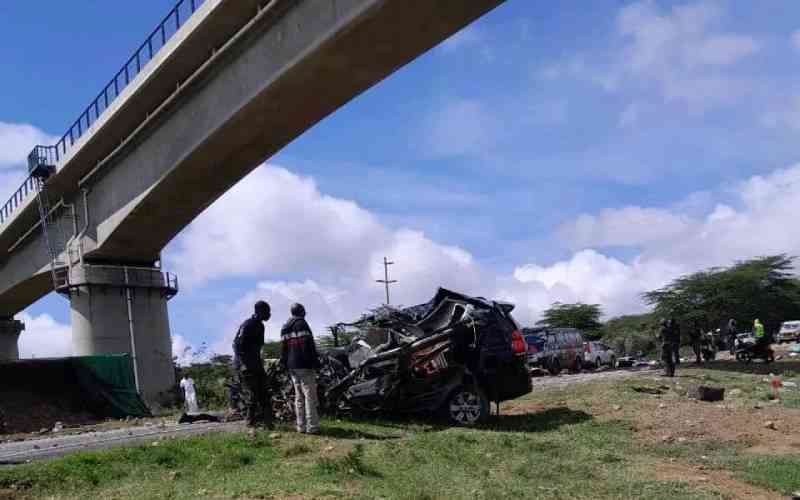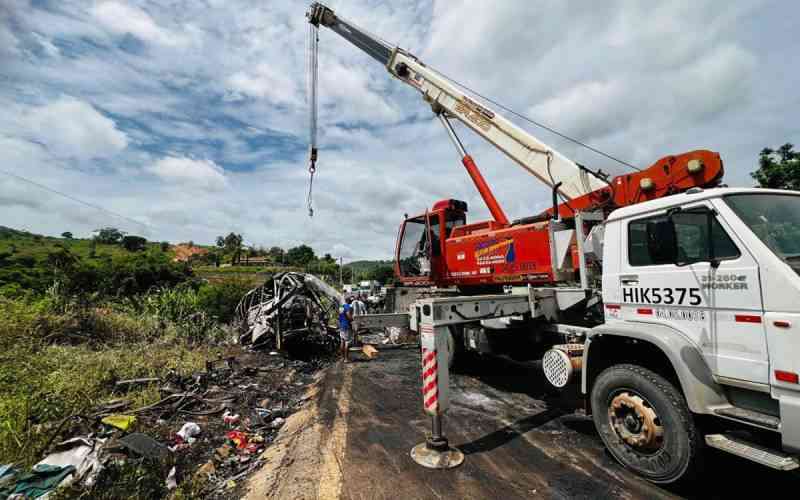Kenya recorded impressive performance in agriculture, forestry and fishing in the year 2017, accounting for about 22 per cent, followed by manufacturing at 11 per cent of the GDP. Annual growth rate is estimated to average slightly more than 5 per cent. Kenya is considered as one of the fastest growing economies in Sub-Saharan Africa (SSA). The growth is attributed to investment in infrastructure, strong household consumption, fast-tracking of East African Community (EAC) integration, and recovery of the tourism sector.
The Bloomberg has ranked Kenya the third fastest growing economy in the world, viewed as one of the seven best countries for investments destination, with the best cargo airline in Africa, and the third best airport in Africa. The country has also been ranked 92 out of 189 world economies in terms of ease of doing business by the World Bank and the only country in Africa recognised among the seven most promising world emerging markets.
The rankings have portrayed Kenya as a favoured business hub for gas and oil exploration, manufacturing and transport by the US Department of State. Nairobi is recognised as the most attractive destination for Foreign Direct Investment (FDI) in Africa. In the year 2017, the country witnessed various reforms including reviewing of the Company’s Act in an effort to remove obstacles for the registration of business into limited companies.
Fiscal measures
Last year, Interest Rate capping was introduced to control the interest rates in the financial industry as part of the stabilisation measures. This has however contributed to mixed results in 2017 with some financial institutions reporting a drop in their after Tax profits while others reported an increase.
In the Global Competitiveness Report, Kenya was ranked the most improved country in Africa moving up by 16 points in the Global Competitiveness Indicator (GCI) and was rated among the 100 most competitive economies in the world. In the year, the country made strides in infrastructural development.
All these are expected to not only attract FDI but also reduce the cost of doing business in the country and enhance the country’s product competitiveness. In the tourism sector, tourist numbers increased, acting as a source of foreign exchange that is critical in the importation of necessary production inputs including fuel, machinery, drugs and medical supplies. The Central Bank has equally made efforts in ensuring the stabilisation of the Kenya shilling in relation to other world currencies. This has in a way contained the production costs especially where inputs are imported. However, the year 2017 will go in the history of post-independent Kenya as the year of mixed fortunes. It is the first time in the country’s history in which two presidential elections were held.
Runaway wage bill
High levels of debt is another challenge experienced in the year currently estimated at more than one trillion Kenya shillings with the net effect that a child born today already has loans to pay. Incidents of corruption continued to be reported by the Auditor General in instances where colossal sums of money could not be accounted for at both the national and county government level. In the year, the country experienced a number of terrorism-related threats with the Government investing heavily in military and police to counter the effects. This deprived the country the much-needed resources for development purposes while the afore-stated activities also negatively impacted on business in the affected areas.
About 50 per cent of the Kenyan population live below poverty line with unemployment estimated at 40 per cent. Cases of graduates doing odd jobs continue to be witnessed in the country while a large segment of the populace still live in the slums. Those in rural areas still lack basic infrastructure such as water and electricity. Cases of disease outbreaks especially cholera were reported in many parts of the country, including but not limited to Nairobi,while high cost of living index continues to be witnessed in the wake of low income per capita levels.
High public sector wage bill was reported in the year, thereby affecting the country’s ability to incur meaningful development expenditures. This if unchecked will continue to affect the country’s ability to realise the competitiveness and generate employment opportunities for the populace. In the year, a number of strikes were witnessed, specifically amongst doctors, nurses, teachers and lecturers which in the process paralyzed key social sector projects and activities which if not structurally addressed will negatively impact on the realisation of Vision 2030.
Moving forward, it is essential that we articulate how and when we are going to make the leap to a two-digit growth in the economy annually in a structured manner in conformity to the targets of the Economic Pillar of the Kenya Vision 2030. In my view, this should be seen not just in the context of jobs and gainful opportunities but also in the overall ability and capacity to realise universal health coverage, education and socio-economic welfare of the Kenyan people. Strengthening of devolution in terms of funding, capacity building, institutional strengthening and governance, among others is imperative. A critical success-factor is active participation and synergy among all stakeholders; including the private sector, the civil society, and academia, among others.
Mr Owalo is a Management Consultant
 The Standard Group Plc is a
multi-media organization with investments in media platforms spanning newspaper
print operations, television, radio broadcasting, digital and online services. The
Standard Group is recognized as a leading multi-media house in Kenya with a key
influence in matters of national and international interest.
The Standard Group Plc is a
multi-media organization with investments in media platforms spanning newspaper
print operations, television, radio broadcasting, digital and online services. The
Standard Group is recognized as a leading multi-media house in Kenya with a key
influence in matters of national and international interest.
 The Standard Group Plc is a
multi-media organization with investments in media platforms spanning newspaper
print operations, television, radio broadcasting, digital and online services. The
Standard Group is recognized as a leading multi-media house in Kenya with a key
influence in matters of national and international interest.
The Standard Group Plc is a
multi-media organization with investments in media platforms spanning newspaper
print operations, television, radio broadcasting, digital and online services. The
Standard Group is recognized as a leading multi-media house in Kenya with a key
influence in matters of national and international interest.








